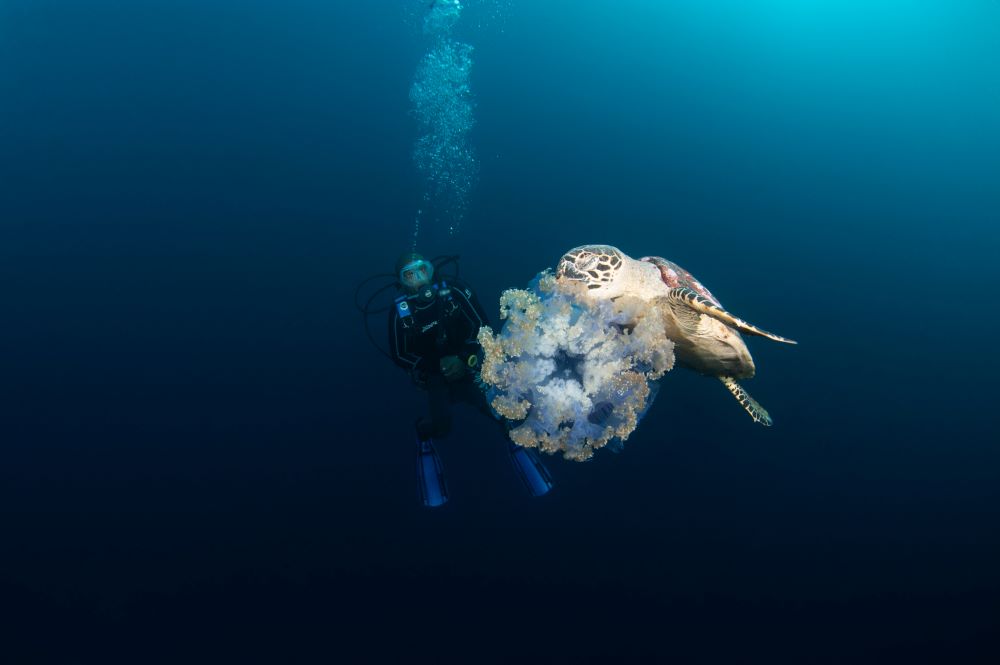Mantas on the Move
From June to November, manta rays return to the Maldives in large numbers, drawn by warm waters and plankton blooms. Snorkelers and divers can witness these graceful, harmless giants feeding and visiting cleaning stations in hotspots like Hanifaru Bay and Ari Atoll. Two species are commonly seen: the reef manta and the giant oceanic manta. With their intelligence and curiosity, mantas offer unforgettable underwater encounters. Visitors are encouraged to follow responsible tourism practices to help protect these vulnerable marine animals and preserve this spectacular natural event.

Related Articles
A Journey through South Ari Atoll
Nestled in the heart of the Maldives, South Ari Atoll is a paradise that offers a unique blend of natural beauty and rich cultural heritage. As I embarked on my expedition to this stunning destinatio…

Home to Whale Sharks
Fenfushi Island, located at the edge of South Ari Atoll, offers a unique blend of rich history and pristine nature. Known for having the Maldives’ oldest mosque and a legacy of sand mining, the islan…

Turtle Trails
The Maldives is home to five species of sea turtles, with green turtles and hawksbill turtles being the most commonly seen. Divers and snorkelers can encounter these majestic creatures grazing, resti…